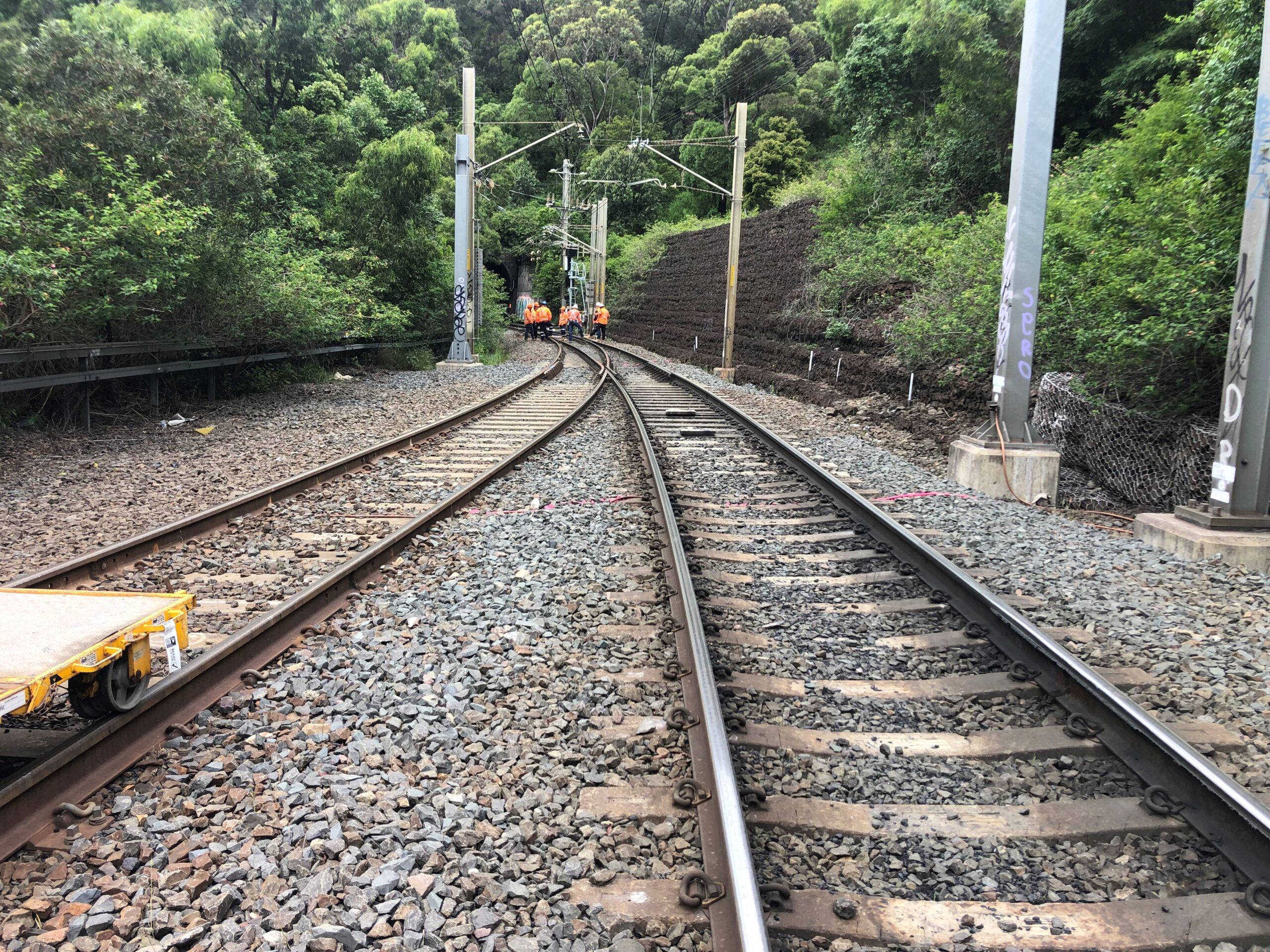
1
km
tunnel line
60
kg
timber rail replaced with IVES track










